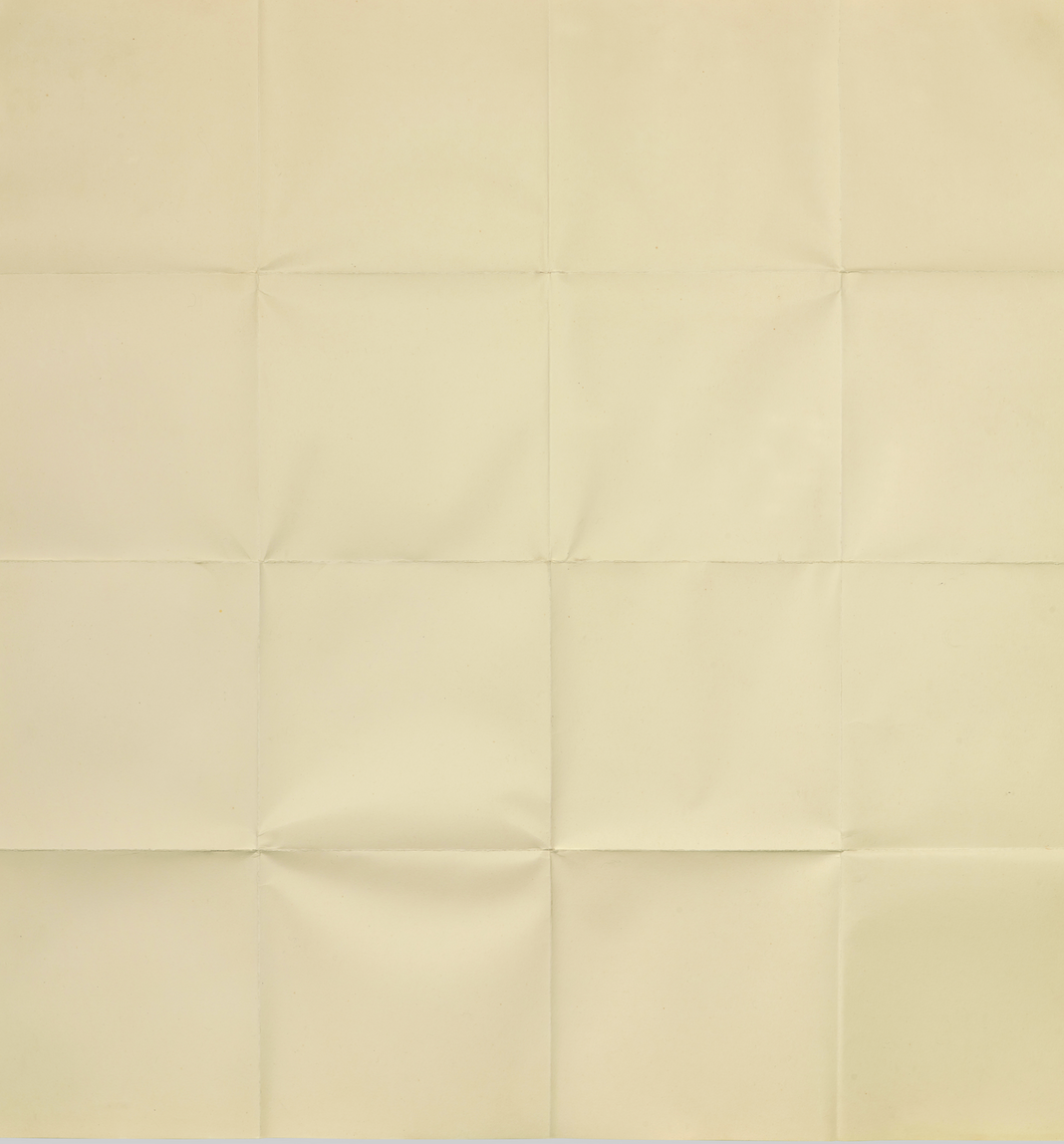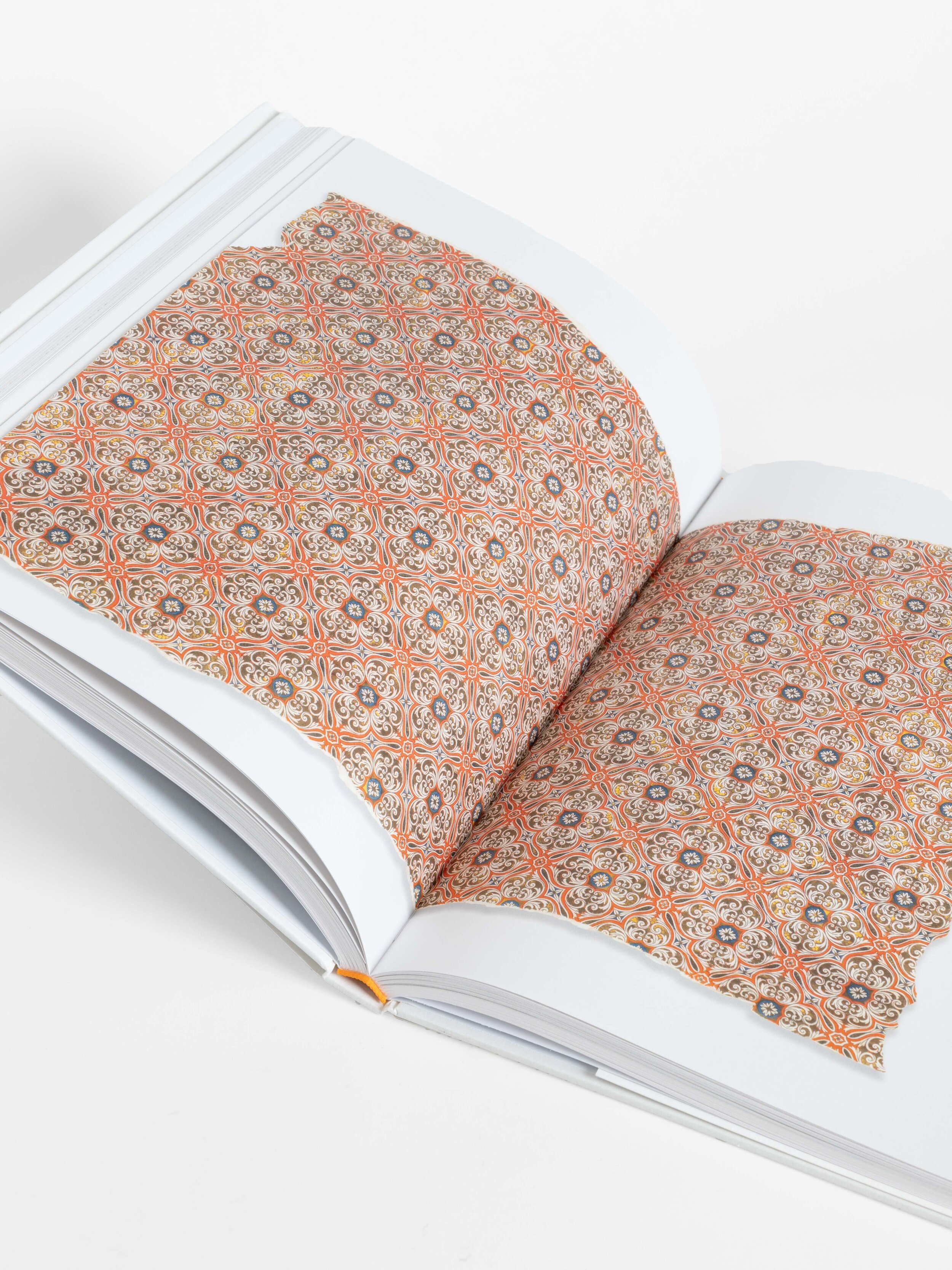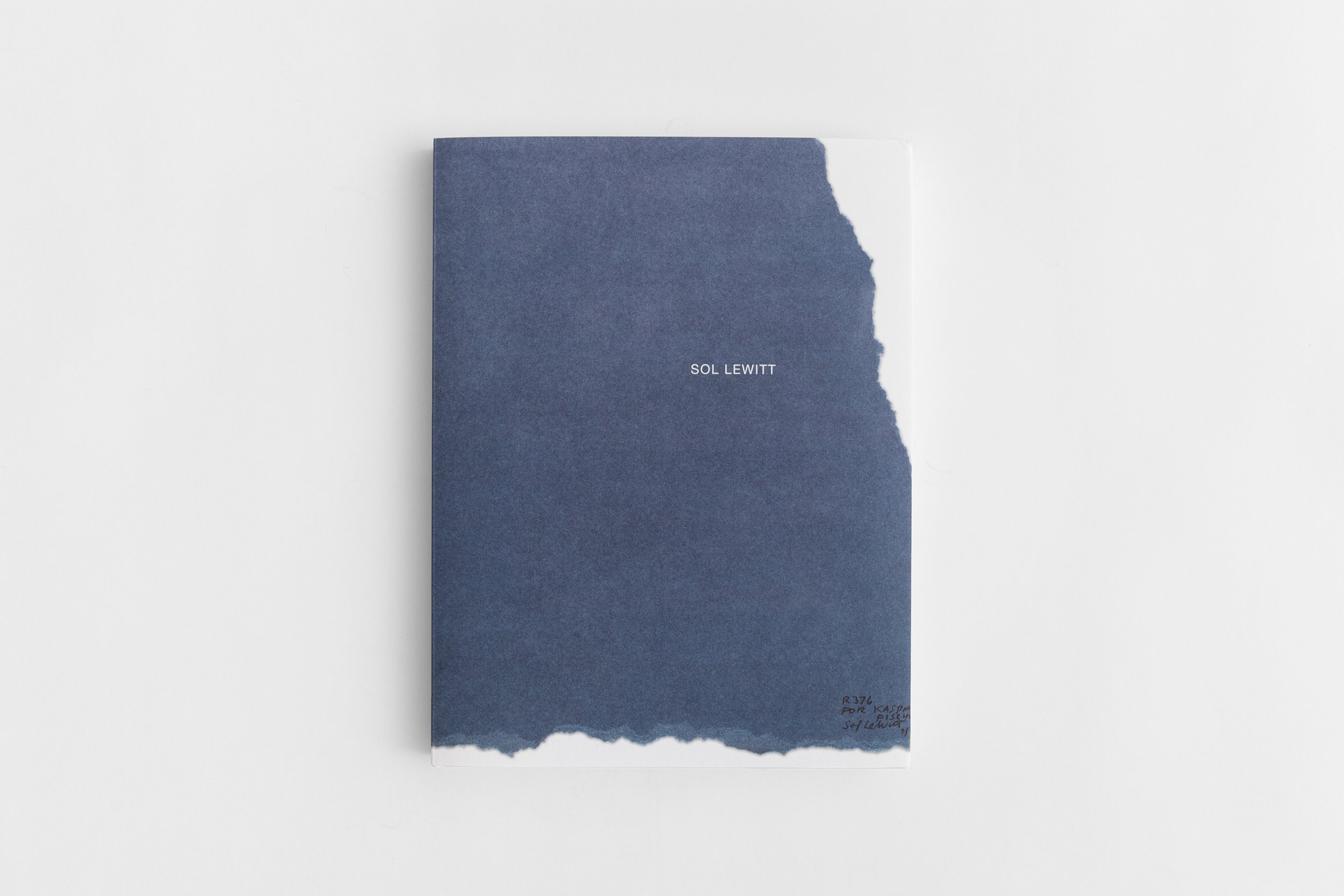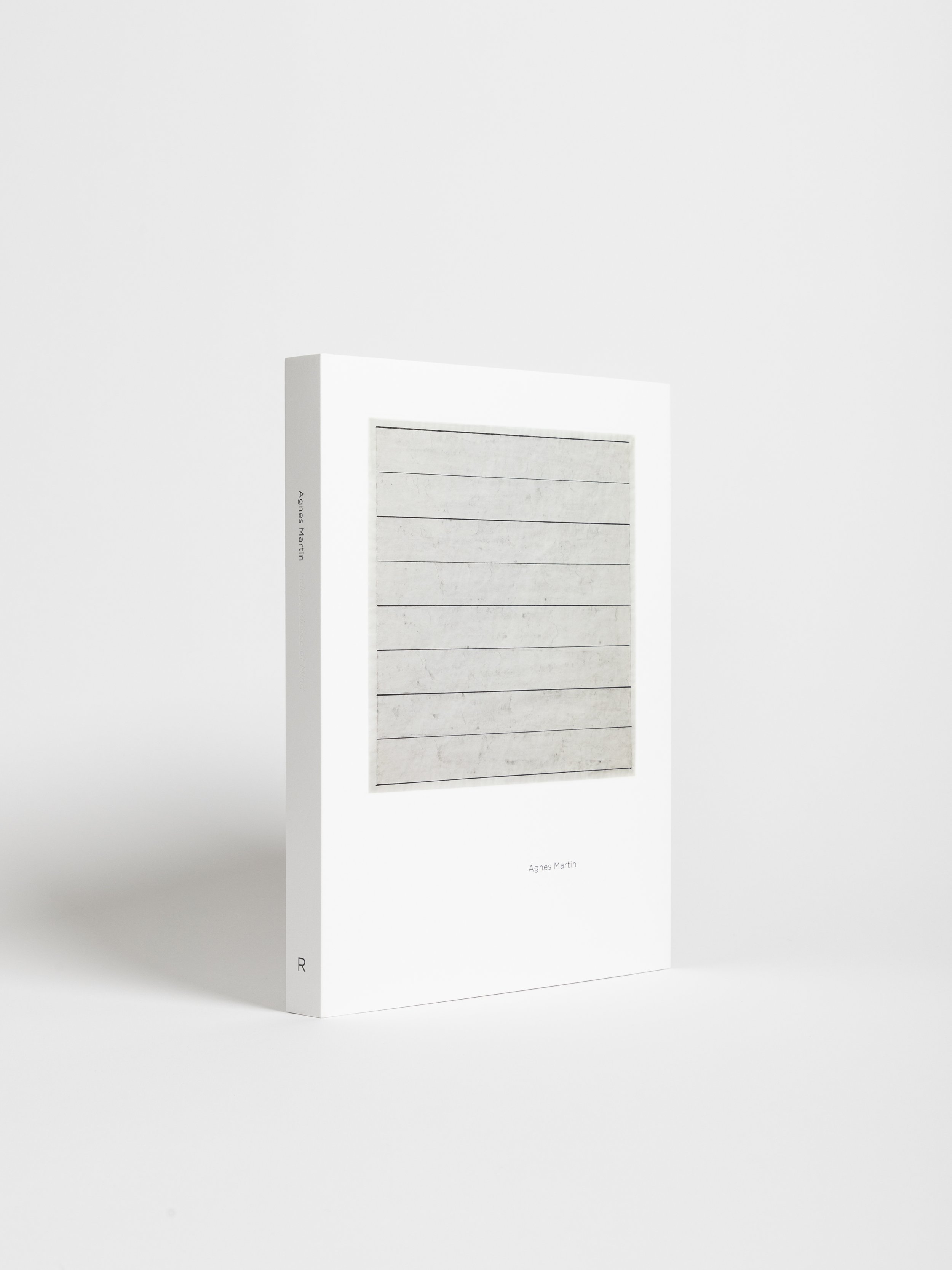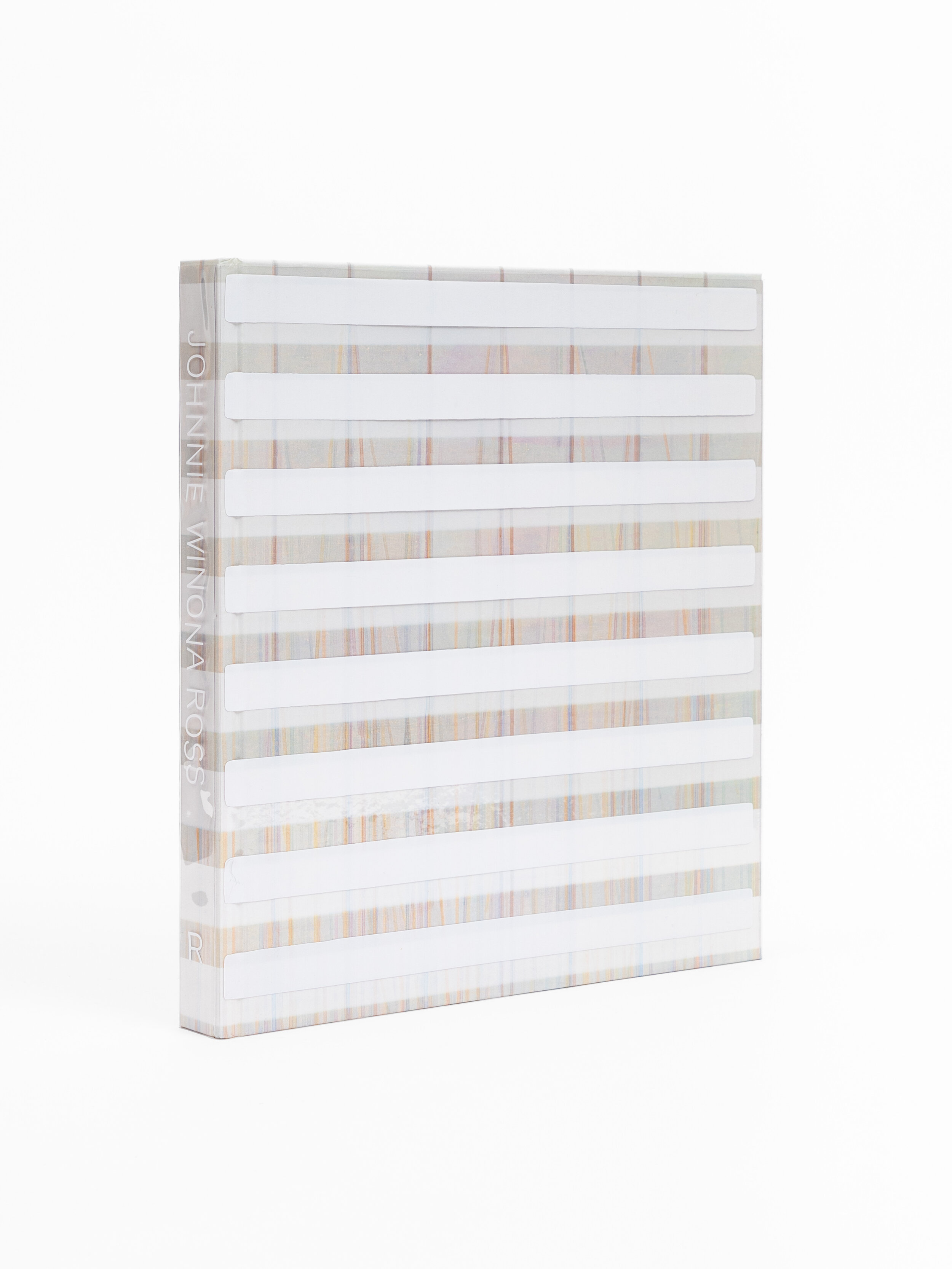Sol LeWitt: Not to Be Sold for More Than $100
LeWitt’s work calls our attention to the disparity between the world of language and that of objects and actions. By focusing on the disjunction between these terms, LeWitt bridged the gap between Minimalism and Conceptual art.
— Saul Ostrow, BOMB
Sol LeWitt: Not to Be Sold for More Than $100 explores the little-known but fascinating body of conceptualist pioneer Sol LeWitt’s folded, torn, and cut paper works, which he created from approximately 1971 to 1980. LeWitt referred to these works as the “R” drawings (for rip) and also as “hundred dollar drawings,” since he wanted them to be sold for $100 in perpetuity. “His wall drawings were already selling for thousands of dollars, so he wanted to have some artwork that everybody could buy,” notes Jason Rulnick. Thanks to extensive research throughout various private and public collections around the world, this volume includes over 100 color plates. In the high-flying commerciality of the contemporary art world, LeWitt’s intention and foresight for this body of work resonates more than ever.
LeWitt’s work calls our attention to the disparity between the world of language and that of objects and actions. By focusing on the disjunction between these terms, LeWitt bridged the gap between Minimalism and Conceptual art.
— Saul Ostrow, BOMB
Sol LeWitt: Not to Be Sold for More Than $100 explores the little-known but fascinating body of conceptualist pioneer Sol LeWitt’s folded, torn, and cut paper works, which he created from approximately 1971 to 1980. LeWitt referred to these works as the “R” drawings (for rip) and also as “hundred dollar drawings,” since he wanted them to be sold for $100 in perpetuity. “His wall drawings were already selling for thousands of dollars, so he wanted to have some artwork that everybody could buy,” notes Jason Rulnick. Thanks to extensive research throughout various private and public collections around the world, this volume includes over 100 color plates. In the high-flying commerciality of the contemporary art world, LeWitt’s intention and foresight for this body of work resonates more than ever.
LeWitt’s work calls our attention to the disparity between the world of language and that of objects and actions. By focusing on the disjunction between these terms, LeWitt bridged the gap between Minimalism and Conceptual art.
— Saul Ostrow, BOMB
Sol LeWitt: Not to Be Sold for More Than $100 explores the little-known but fascinating body of conceptualist pioneer Sol LeWitt’s folded, torn, and cut paper works, which he created from approximately 1971 to 1980. LeWitt referred to these works as the “R” drawings (for rip) and also as “hundred dollar drawings,” since he wanted them to be sold for $100 in perpetuity. “His wall drawings were already selling for thousands of dollars, so he wanted to have some artwork that everybody could buy,” notes Jason Rulnick. Thanks to extensive research throughout various private and public collections around the world, this volume includes over 100 color plates. In the high-flying commerciality of the contemporary art world, LeWitt’s intention and foresight for this body of work resonates more than ever.
-
Foreword by Virginia Dwan
Introduction by Jason Rulnick
Essay by Veronica RobertsHardcover
9.75 x 11.75 inches
240 pages / 110 images
ISBN: 9781934435922 -
Solomon "Sol" LeWitt (1928 – 2007) was an American artist linked to various movements, including conceptual art and minimalism.
LeWitt came to fame in the late 1960s with his wall drawings and "structures" (a term he preferred to "sculptures") but was prolific in a wide range of media including drawing, printmaking, photography, painting, installation, and artist's books. He has been the subject of hundreds of solo exhibitions in museums and galleries around the world since 1965.



